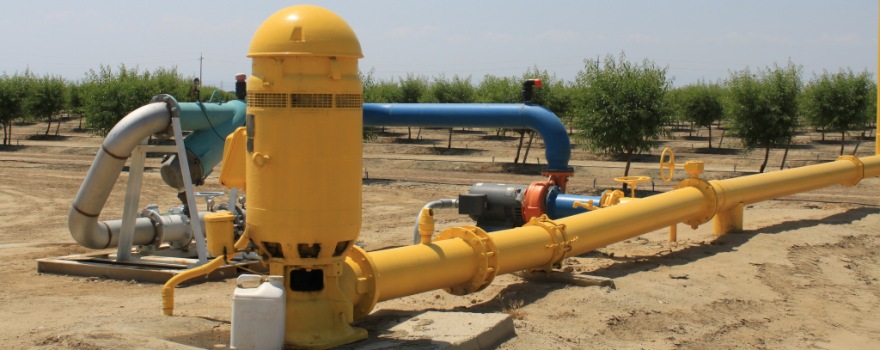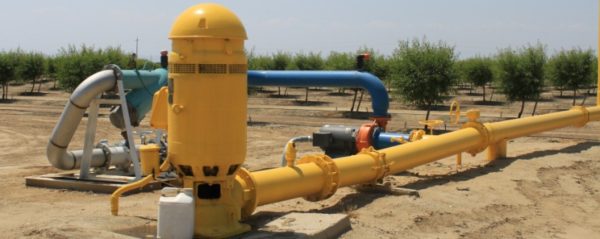
 On February 1st, 2022 Maven’s Notebook, the Groundwater Exchange, and the Local Government Commission hosted a webinar entitled: How do you run a Groundwater Sustainability Agency ?– A Review of Choices made by Critically Overdrafted Subbasins.
On February 1st, 2022 Maven’s Notebook, the Groundwater Exchange, and the Local Government Commission hosted a webinar entitled: How do you run a Groundwater Sustainability Agency ?– A Review of Choices made by Critically Overdrafted Subbasins.
Laura Ramos and Sarge Green from Fresno State discussed the key findings and recommendations of the newly released SGMA Governance Strategies Summary Report. If you missed the webinar, check out the recording to learn about the methodology and resources shared, along with the question and answer session.
Click here to watch the webinar.
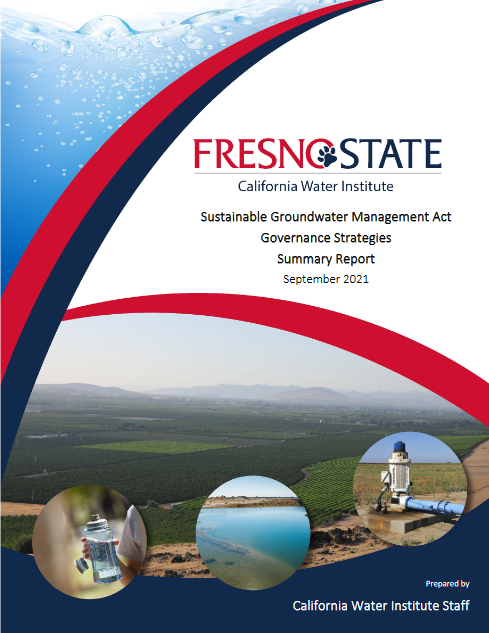
From the California Water Institute at Fresno State:
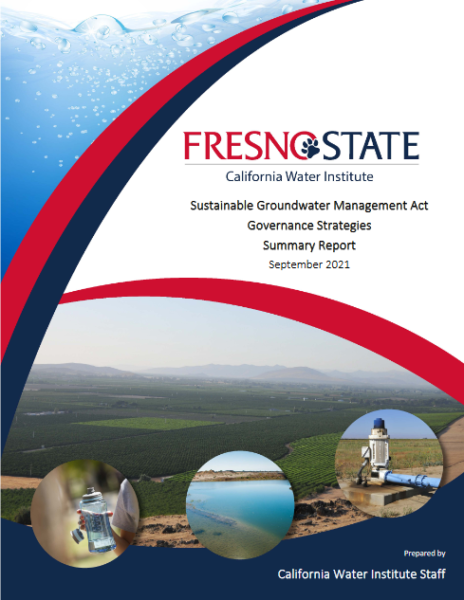 The California Water Institute published a report explaining how the first groundwater sustainability agencies were created and the organizational and governance challenges they navigated.
The California Water Institute published a report explaining how the first groundwater sustainability agencies were created and the organizational and governance challenges they navigated.
A three-bill legislative package referred to as the Sustainable Groundwater Management Act created a fundamental change in the governance of California’s groundwater. The act requires, with some exceptions, the formation of groundwater sustainability agencies for identified groundwater subbasins.
The report includes observations from interviews of policymakers, technical experts and thought leaders.
The report outlines the initial implementation of these new laws in 21 critically overdrafted groundwater subbasins. Based on a review of multiple statutes, regulations, early research, official government documents and interviews with individuals involved in the process, the authors explain how the first groundwater sustainability agencies were created, and the organizational and governance challenges they navigated, Green said.
Click here to continue reading this press release.
Click here to view/download the report.
Register for the free webinar on February 1st discussing the report.
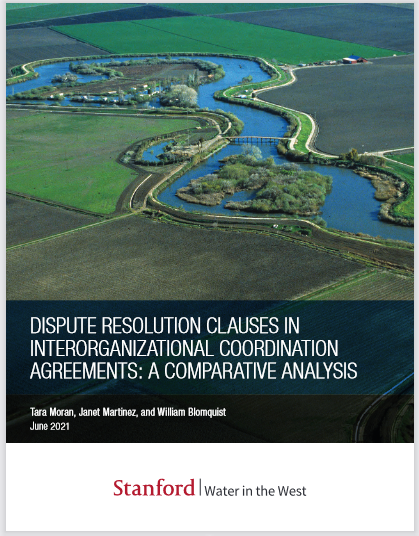
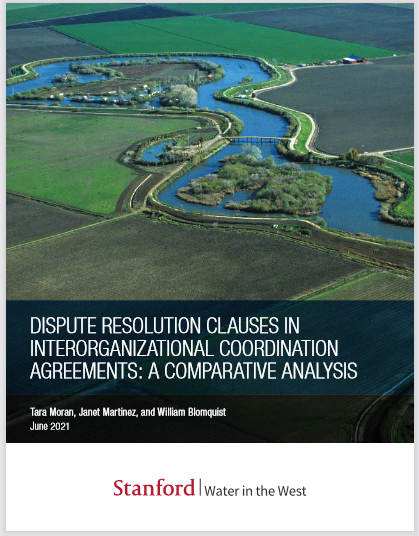 Adoption of California’s Sustainable Groundwater Management Act (SGMA) in 2014 posed a major coordination challenge for diverse public agencies by requiring them to align their activities at the scale of groundwater basins, which is not how most governing bodies are organized. Meeting this requirement meant establishing governing and operating relationships between agencies. Such interorganizational relationships (IORs) are essential in many fields, but are also prone to conflict. Understanding the factors affecting the inclusion, specificity and salience of dispute resolution clauses (DRCs) in interorganizational agreements ensures the long-term functionality of IORs.
Adoption of California’s Sustainable Groundwater Management Act (SGMA) in 2014 posed a major coordination challenge for diverse public agencies by requiring them to align their activities at the scale of groundwater basins, which is not how most governing bodies are organized. Meeting this requirement meant establishing governing and operating relationships between agencies. Such interorganizational relationships (IORs) are essential in many fields, but are also prone to conflict. Understanding the factors affecting the inclusion, specificity and salience of dispute resolution clauses (DRCs) in interorganizational agreements ensures the long-term functionality of IORs.
We examined 74 multi-entity agreements forming new quasi-voluntary local agencies, devoted to developing and implementing groundwater sustainability plans to achieve groundwater sustainability under SGMA. Statistical analyses were performed to identify potential factors influencing both the inclusion of DRCs in agreements, as well as the degree of specificity. Agency annual operating budgets and the use of facilitation services during agreement formation were statistically significant factors in predicting the inclusion of DRCs in agreements. Interviews were conducted with a subset of agency representatives, facilitators and lawyers to understand factors motivating the inclusion of DRCs and the salience of those clauses.
We found a near uniform lack of salience associated with the DRCs. While DRCs are considered an important component of multientity agreements, their inclusion and specificity are often driven by agreement drafters with minimal involvement of agreement parties impacting the salience of DRCs and potentially their use long-term.
Click here to read this report from Stanford’s Water in the West.
Click here to visit the Groundwater Exchange’s news page.
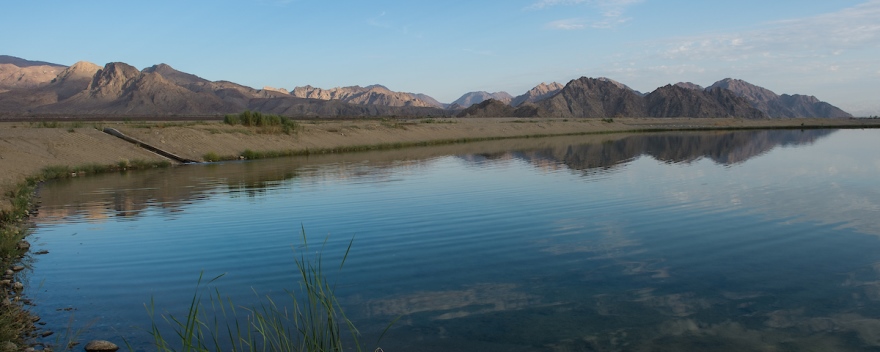
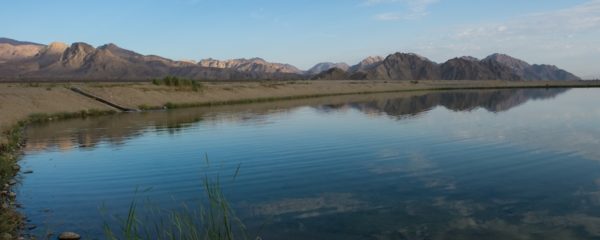
Guest Editors:
Anita Milman, Department of Environmental Conservation, University of Massachusetts Amherst, USA and Michael Kiparsky, Wheeler Water Institute, UC Berkeley, USA
INTRODUCTION: Groundwater pumping exceeds naturally occurring recharge in many regions of the world. The resulting impacts to groundwater systems adversely affect human and environmental systems. Climate change adds urgency, as the combination of more extreme flood and drought regimes coupled with intensifying demand further push groundwater resources out of balance. In many or most groundwater basins, some reduction in groundwater extraction will be necessary to reduce outflows from stressed basins. Increasing inflows to these basins through Managed Aquifer Recharge (MAR) is increasingly looked to as a mechanism to help bring aquifers into sustainable balance.
In this special collection, we examine deployment of MAR in examples from around the USA to illustrate the range of institutional approaches used as well as how those relate to the drivers and objectives of MAR. The overarching impetus for this work is the recognition that water managers often anecdotally agree that institutional elements are as important, or more important, than technical challenges to MAR in many cases.
Articles include the Kern Water Bank, Orange County Water District, and Recharge Net Metering in the Pajaro Valley.
Access all articles at the UC Press by clicking here.
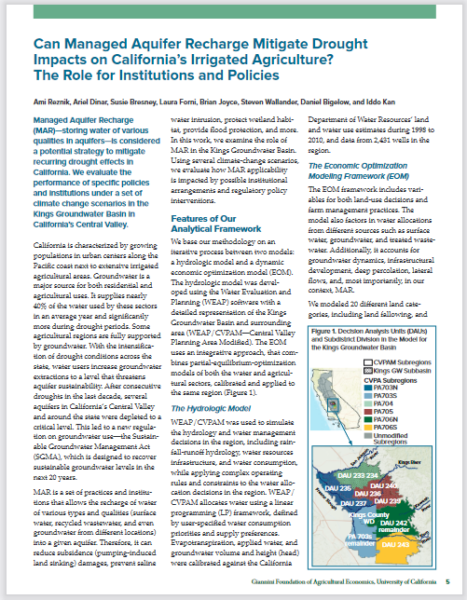 MAR is a set of practices and institutions that allows the recharge of water of various types and qualities (surface water, recycled wastewater, and even groundwater from different locations) into a given aquifer. Therefore, it can reduce subsidence (pumping-induced land sinking) damages, prevent saline water intrusion, protect wetland habitat, provide flood protection, and more.
MAR is a set of practices and institutions that allows the recharge of water of various types and qualities (surface water, recycled wastewater, and even groundwater from different locations) into a given aquifer. Therefore, it can reduce subsidence (pumping-induced land sinking) damages, prevent saline water intrusion, protect wetland habitat, provide flood protection, and more.
In this work, we examine the role of MAR in the Kings Groundwater Basin. Using several climate-change scenarios, we evaluate how MAR applicability is impacted by possible institutional arrangements and regulatory policy interventions.
Click here to read this paper from the Giannini Foundation of Agricultural Economics, University of California.
Building the capacity to resolve disputes and work together is critical for a sustainable water future.
However recent analysis conducted by Water in the West, the Gould Center for Conflict Resolution and Indiana University Purdue University Indianapolis suggests that alternative dispute resolution processes are rarely used even when included in water management agreements.
Given the long and expensive history associated with litigation in California and beyond, these findings suggest that local and state agencies should be doing more to educate their members on the value of alternative dispute resolution processes, like mediation and facilitation.
Read more from Stanford’s Water in the West here: Dispute Resolution Processes: Thinking through SGMA Implementation
An expert in water governance, Anita Milman’s research focuses on understanding the interplay of technical, institutional and social dimensions of water within governance processes. Milman is an associate professor in the Department of Environmental Conservation at the University of Massachusetts Amherst and the Landreth Visiting Fellow at Stanford’s Program on Water in the West (WitW). Below, Milman discusses keys to successful groundwater governance, implications toward achieving water security and her research activities at Stanford.
Q: The UN and other agencies have called water ‘a crisis of governance’ – what does this mean?
A: Today’s water challenges arise from interactions between the physical aspects of water systems and human activities. Flooding, drought, groundwater depletion, water quality degradation, etc. negatively impact human and ecological systems. Yet, these conditions are frequently either caused by or exacerbated by actions taken by humans.
In essence, water governance defines and determines how humans use and manage water resource systems. …
Continue reading at Water in the West here: Groundwater Governance Q&A with Anita Milman
“Overpumping groundwater poses a major threat to the availability of a critical resource, especially in the arid lands of the Southwestern United States. States across the region have sought to deal with this issue through a wide variety of regulations and permitting processes.
A new dashboard tool, created by affiliates from Stanford’s Water in the West program, compares groundwater withdrawal permitting – a common tool used by resource managers to limit groundwater pumping – to help plan for a more sustainable future.
“Western states have adopted a wide range of approaches towards regulating groundwater pumping, but information about these approaches are not always shared across the region. Our goal is to help parties in different states learn from what is happening elsewhere. This is particularly important in California, where local agencies are working to implement the Sustainable Groundwater Management Act,” said Leon Szeptycki, executive director of Water in the West and a dashboard contributor. … ”
Continue reading at Water in the West here: License to pump: New web portal examines, compares and explains the permitting process of groundwater pumping across seven U.S. states
 On February 1st, 2022 Maven’s Notebook, the Groundwater Exchange, and the Local Government Commission hosted a webinar entitled: How do you run a Groundwater Sustainability Agency ?– A Review of Choices made by Critically Overdrafted Subbasins.
On February 1st, 2022 Maven’s Notebook, the Groundwater Exchange, and the Local Government Commission hosted a webinar entitled: How do you run a Groundwater Sustainability Agency ?– A Review of Choices made by Critically Overdrafted Subbasins.







